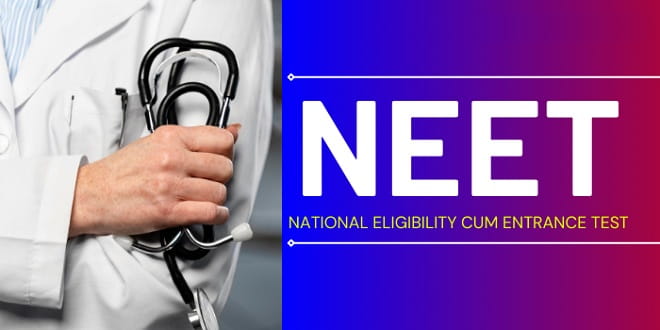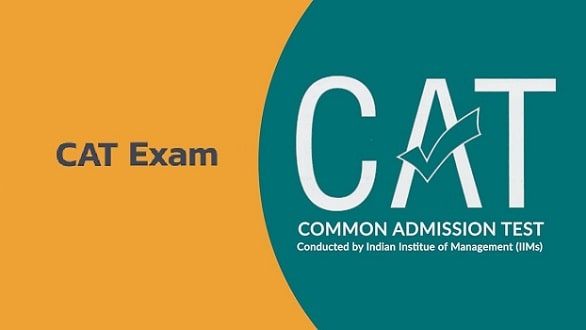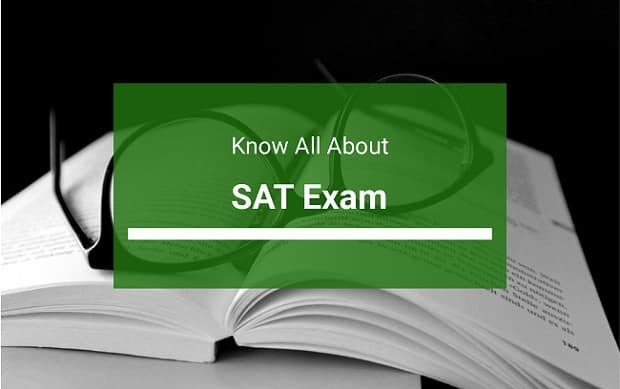UPSEE exam is also known as UPCET. It is the exam for all those candidates that want admission in different professional courses offered at postgraduate or undergraduate level at affiliated institutes like MMUT, AKTU, HBTU, etc. This exam of UPSEE is not valid for the admissions in B.Arch and B.Tech courses, it will be taken based on NATA scores and JEE main only.
If you want admission to institutes that are affiliated with AKTU, then you have to bring good scores in CMAT.
What is the UPSEE exam?
UPSEE exam is a state-level entrance exam which offers admission to the student that wants admission in courses offered by the institutes and colleges located in Uttar Pradesh. The eligibility criteria for this exam are stated by the University of Dr. APJ Abdul Kalam. This university is also called UP technical university.
Some of the courses offered under the UPSEE include:
- Apparel design, fashion, B.Pharm, B.Arch
- Tech in agriculture and engineering
- MBA, MAM, MCA, hotel management
Eligibility criteria for UPSEE
The University of DR. APJ Abdul Kalam has set some standards for admissions for the students that want to appear in the entrance exam of UPSEE.
Dr. APJ Abdul Kalam Technical University has set some admission standards for students who wish to appear for the UPSEE 2021 entrance exam. The eligibility criteria include the following:
- For admission in BFA, BFAD, BHMCT, B.Arch, B.Pharma, B.Tech: One has to be XII passed or equivalent.
- For admission in lateral entry B.Tech course: You need to be a diploma holder or a B.Sc degree holder
- For admission in B.Pharmacy lateral entry: You need to have a diploma in Pharmacy
- For easy admission in MCA Lateral entry: One needs to be a degree holder in computer science or IT, B.Sc, or BCA
- For admission in MCA or MBA: Make sure you have a B.Sc. degree or equivalent
- For admission in MAM: You have to be an XII pass or equivalent
Syllabus for UPSEE students
The syllabus set for each UPSEE paper is kept different. It covers various topics that involve around different chapters. All the major topics are prepared from the list mentioned below:
Paper I includes Mathematics, the chapters or topics from this paper includes
- Algebra
- Trigonometry
- Probability
- Coordinate Geometry
- Dynamics
- Calculus
- Vectors
- Statics
For (Paper-I and Paper-II) – The chapters and topics for Physics include:
- Wave
- Heat and thermodynamics
- Work, Power, and Energy
- Ray Optics and optical instruments
- Gravitation
- Wave Optics
- Current Electricity
- Electrostatics
- Mechanics of solids and fluids
For (Paper I and Paper II) – The important topics of chemistry include:
- General Organic Chemistry
- Electrochemistry & Catalysis
- Chemical Equilibrium & Kinetics * Acid –
- Redox Reactions
- Thermochemistry
- Colligative Properties of Solution
- IUPAC
- Colloids
- Isomerism
- Solid State
- Polymers
- Periodic Table
- Chemical Bonding
- Petroleum
- Atomic Structure
- For Paper II- The important topics of Biology covers:
- Zoology
- Origin of Life
- Botany
- Organic Evolution
- Genetics
- Human Genetics & Eugenics
- Cell differentiation Plant Tissue
- Seeds in angiosperms plants
- Pteridophyta,Algae, Fungi, Bacteria, Bryophyta,
- Animal Physiology
- Applied Biology
- Plant Cell
- Ecology
- Mammalian Physiology
For (Paper III) – Agricultural-1, Agricultural-2, and Agricultural 3 are given below:
- Agricultural Botany
- Agricultural Statistics
- Agricultural Chemistry organic and inorganic
- Agricultural Engineering
- Agricultural Physics
- Agronomy
For paper IV, Architecture aptitude
- Aesthetic Sensitivity
- Mathematics
- Drawing Aptitude
For (Paper-V) – Aptitude for BFA/BFAD/ BHMCT
It is of class X level
- English Language
- General Knowledge
- Reasoning & Logical Deduction
- Numerical Ability & Scientific Aptitude
For Paper VI– The syllabus includes
- Engineering Mechanics
- Basic Electrical Engineering
- Engineering Graphics
- Elementary Biology
- Elements of Computer
- Basic Electronics Engineering
- Basic Workshop Practice
- And Physics, Maths, and Chemistry of diploma level
For Paper VII – The course includes
- Pharmaceutics 1 and 2
- Pharmaceutical Chemistry – 1and 2
- Health Education
- Community Pharmacy
- Biochemistry & Clinical Pathology
- Pharmacognosy
- Pharmacology & Toxicology
- Human Anatomy & Physiology
- Pharmaceutical Jurisprudence
- Hospital & Clinical Pharmacy
- Drug Store & Business management
For paper VIII Topics for the Aptitude test includes:
- Calculus
- Linear Algebra
- Fourier Series
- Differential equations
- Probability & Statistics
- Complex variables
For Paper IX MBA
- Numerical Aptitude
- English Language
- Thinking & Decision making
- General Awareness
For paper X UPSEE MCA
- Mathematics
- Logical Ability
- Statistics
What is the exam pattern of the UPSEE exam?
All the applicants must have a look at the exam pattern of the UPSEE test, as it offers a quick overview of the question paper which includes the number of questions asked during the paper, about negative marking, subjects covered, and a lot more.
Paper I to Paper IV: These papers are conducted in a pen-paper test method while paper V to Paper XI is organized in an online mode. For each paper, the timing set is 3 hours.
- The number of questions asked in the exam is 150
- The paper consist of 600 marks
- The exam duration is kept to 3 hours
- One can give the exam in both English or Hindi
- You can find 3 to 4 sections in the paper, based on the course that you have applied for
- For every right answer, +4 is given
- There is no negative marking
Marking scheme of UPSEE exam
The total marks earned by a candidate in the UPSEE exam are calculated based on attempted questions and marks that are assigned to each question. For the UPSEE exam, the following marking scheme is utilized which includes:
- For every right answer, 4 marks are given
- You can’t give more than one answer
- There is no negative marking
What is the application process to apply for UPSEE?
- The online form is available for UPSEE admission. One can submit it online
- The NRI and Indian candidates can make use of the official website for filling in the application form of UPSEE
- The NRI and Indian candidates have to fill the application form online, and upload their scanned images of signatures, left thumb impression, and a colored picture
- The applications don’t have to send any hard copy to the University the Completed Application Form or any type of document.
- Make sure you get the print of the confirmation page for future records, once the payment of application fees is done.
What are the application fees for the UPSEE exam?
The application fees for the UPSEE exam are given below:
- For general category applicants, you need to pay 1300 INR
- For NRI candidates, the fees are kept 1300+
Both Indian & NRI candidates can send the application fees via online mode, through ATM or debit card, or by the online wallet. You can also make the payment offline through bank mode, or fill up the challan offered by the executive authority of UPSEE.
Preparation tips for UPSEE exam
Some preparation tips to crack the UPSEE exam are mentioned below; one can follow it and can hope for scoring good marks in the exam.
- The applicants are requested to have a look at the complete syllabus of the UPSEE exam. They must decide how they will manage resources, divided time, and focus more on which subjects.
- Keep on making important notes whenever you find something important. Put sticky notes or tags as an important mark.
- Make sure you revise everything daily. Revision is the key that can help you score good marks. This helps in remembering everything properly.
- Work on your weak points and never feel overconfident about the strong points.

Rahul Kumar is a passionate educator, writer, and subject matter expert in the field of education and professional development. As an author on CoursesXpert, Rahul Kumar’s articles cover a wide range of topics, from various courses, educational and career guidance.




